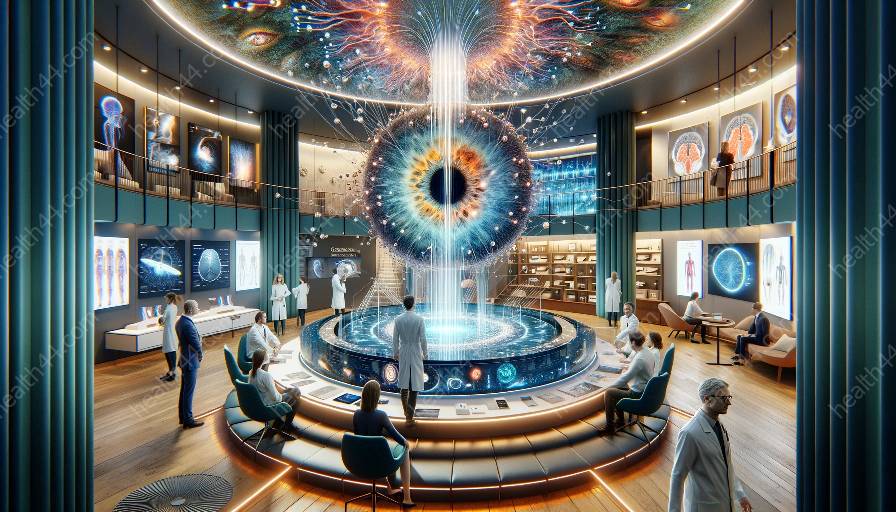Assistive technology has rapidly evolved in recent years, offering new and innovative solutions for individuals with visual impairments. From cutting-edge wearable devices to advanced software applications, the field of assistive technology is continually advancing to improve visual perception and enhance vision rehabilitation.
Advancements in Wearable Devices
An emerging trend in assistive technology for visual perception revolves around wearable devices designed to enhance the visual capabilities of individuals with impaired vision. These devices utilize a combination of high-definition cameras, augmented reality technology, and image processing algorithms to provide real-time visual assistance. For example, smart glasses equipped with built-in cameras and display screens can offer magnification, contrast enhancement, and object recognition functionalities, empowering individuals with visual impairments to navigate their surroundings with greater independence and confidence.
Integration of Artificial Intelligence
Artificial intelligence (AI) has significantly influenced the development of assistive technology for visual perception. AI-powered image recognition software can accurately analyze visual scenes, identify objects, and describe the environment to the user. By leveraging machine learning algorithms, these solutions continuously improve their accuracy and reliability, making them a valuable asset for individuals with visual impairments.
Enhanced Accessibility Features in Digital Devices
Many mainstream digital devices, such as smartphones, tablets, and computers, now offer advanced accessibility features specifically tailored to accommodate individuals with visual impairments. These features include screen readers, voice commands, customizable text sizes and contrast settings, and tactile feedback mechanisms. Through the integration of these accessibility features, digital devices have become powerful tools for improving visual perception and facilitating vision rehabilitation.
...Virtual Reality and Augmented Reality Applications
Virtual reality (VR) and augmented reality (AR) technologies have gained traction in the realm of assistive technology, particularly for individuals with visual impairments. These immersive technologies can simulate realistic environments and superimpose digital information onto the user's field of view, offering unique opportunities for enhancing visual perception and spatial awareness. By utilizing VR and AR applications, individuals undergoing vision rehabilitation can engage in interactive exercises and simulations to improve their visual acuity and develop essential visual processing skills.
Innovative Low-Vision Aids
The development of innovative low-vision aids has revolutionized the landscape of assistive technology for visual perception. These aids encompass a wide range of devices, including electronic magnifiers, handheld video magnifiers, and portable reading devices. Equipped with advanced imaging sensors and high-definition displays, these aids can provide customizable magnification levels, enhanced contrast settings, and text-to-speech capabilities, catering to the diverse visual needs of individuals with low vision.
- Enhanced integration of wearable devices and smart glasses
- Artificial intelligence-driven image recognition and description
- Accessibility features in mainstream digital devices
- Immersive virtual reality and augmented reality applications
- Development of innovative low-vision aids
As technology continues to advance, the future of assistive technology for visual perception holds immense potential. From harnessing the power of 5G connectivity to further improve real-time image processing to integrating haptic feedback mechanisms into wearable devices for tactile guidance, the possibilities are vast. Moreover, the seamless integration of assistive technology with everyday activities and environments will play a pivotal role in promoting inclusivity and independence for individuals with visual impairments.
ConclusionThe current trends in assistive technology for improving visual perception are reshaping the landscape of vision rehabilitation and empowering individuals with visual impairments to lead more fulfilling lives. By embracing innovative solutions such as wearable devices, AI-driven software, and immersive technologies, individuals with visual impairments can access enhanced visual assistance and regain confidence in navigating their surroundings. As technology continues to evolve, the future holds promising developments that will further advance the field of assistive technology for visual perception.





















